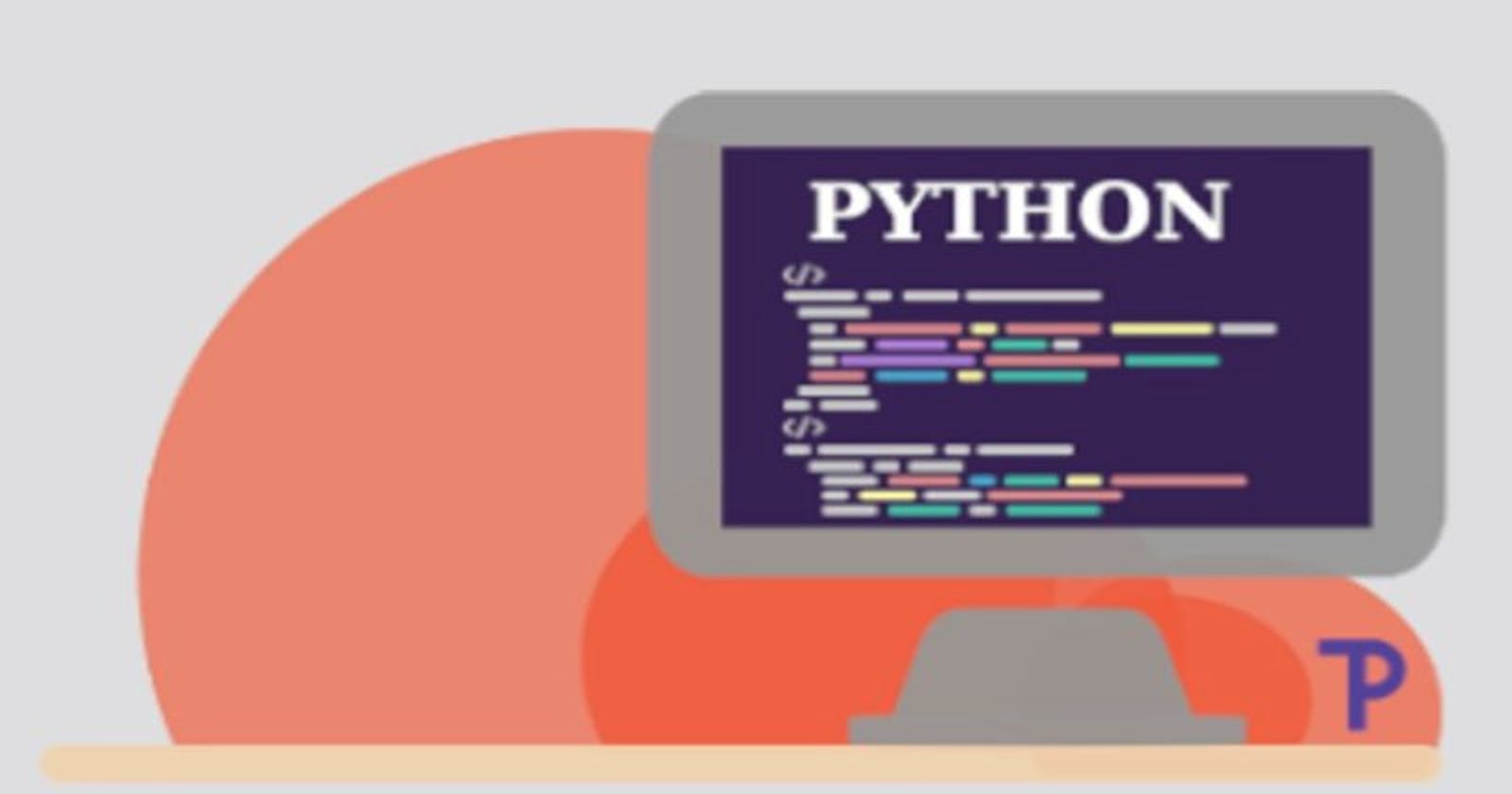Python 3 Installation
Instructions for getting your computer ready for using Python 3
Congratulations for wanting to take the steps to learn a new skill! I will take you through the steps for getting started programming with Python 3 on your local machine.
Before you start programming in Python, you need to install a couple tools on your local computer. You will need a Python interpreter that compiles and runs your code. Some computers may have Python already installed, the first step will be to verify whether or not Python is installed, as well as, the version.
Learning Objectives
Step 1: Verify Python Installation
Windows 10
To determine if your Windows computer has Python installed, you must: Open a command prompt by typing cmd in the Windows 10 search box and select the Command Prompt App in the search results. Enter the following command, then press Enter:
python --version
It may return with different values:
- If you see the word Python preceded by a set of numbers, Python is installed. As long as the first number is 3, Python 3 is installed on your computer and you do not need to update the version to use Python, depending on the features that you need.
- If it doesn’t return any text, then Python is not installed.
If the first number is 2 or you received an error message, you will need to install Python 3.
A note about the version numbering, this is known as a sequence-based scheme, where each version is a sequence of numerical values separated by dots. The versioning number indicates the release maintenance versions, while inherently keeping the correct order.
MacOS
To determine if your Mac OS computer has Python installed, you must:
- Open the Terminal app by pressing Command + Spacebar keys to search within the search box. Enter Terminal and select the Terminal app by pressing Return.
- Enter the following command, then press Enter:
It may return with different values:python3 --version - If you see the word Python preceded by a set of numbers, Python is installed. As long as the first number is 3, Python 3 is installed on your computer and you do not need to update the version to use Python, depending on the features that you need.
- If it doesn’t return any text, then Python is not installed.
If the first number is 2 or you received an error message, you will need to install Python 3.
A note about the version numbering, this is known as a sequence-based scheme, where each version is a sequence of numerical values separated by dots. The versioning number indicates the release maintenance versions, while inherently keeping the correct order.
Step 2: Install Python 3
Windows 10
- Open the Microsoft Store by typing Microsoft Store in the Windows 10 search box and select the Microsoft Store App in the search results.
- Upon opening, search for Python. You will have various options of Python, select the most recent version.
- On the Home tab, select Install. Python will install in the background, which may take a couple of minutes.
- Once the installation process has finished, verify the installation by entering the following into your command prompt:
python --version - The output will specify the Python version that is installed on your computer.
MacOS
- Download the installer from Python Download from the Python website. You should be automatically directed to the correct installation page for your Operating System. Select the latest version on the page, which will have the highest number after the leading
- When you are prompted with a dialog box prompting you to allow downloads from python.org, select Allow. The download should be found within your Downloads stack in your Dock.
- In order to begin installation, double click the .pkg file that you just downloaded. There will be a prompt that will ask you to install, verify and accept various agreements. It is recommended to read through the prompts in order to understand what you are installing onto your computer.
- Once the installation process has finished, a Finder window will reveal the Python folder and a congratulations screen will appear. Close these windows and verify the installation by entering the following into your terminal:
python3 --version - The output will specify the Python version that is installed on your computer.

